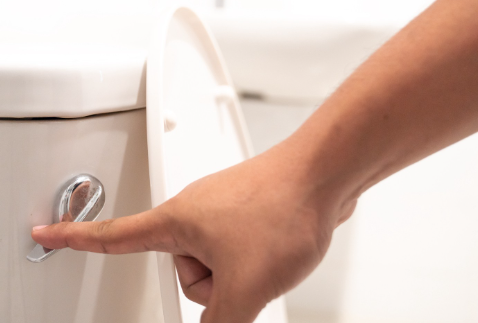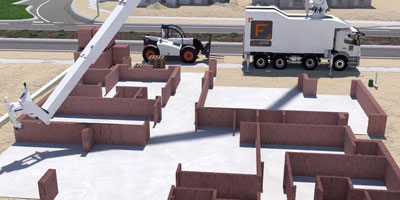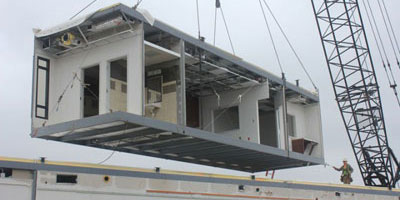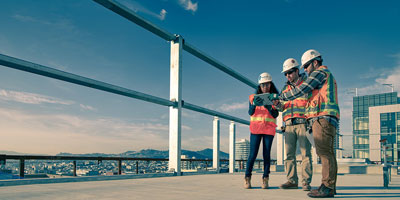 Think about that by far most of business restrooms in the U.S. try not to try and remember tops for toilets—implying that each time somebody flushes, a "can crest" of beads detonates into the air, covering the encompassing slow down (and the individual remaining in it) and aerosolizing the bowl's substance, which can be taken in and ingested by close by parties (net). America's open-beat and - bottomed slows down exacerbate that issue in any event, taking into account that most specialists gauge a "tuft" can travel six feet toward each path, including up and over any slow down and into the following (increasingly gross). We additionally realize that COVID-19 has been found in human crap, as long as 33 days after tainted individuals have recouped and tried negative for the infection. No measure of handwashing will evacuate an infection showered all over your body.
Think about that by far most of business restrooms in the U.S. try not to try and remember tops for toilets—implying that each time somebody flushes, a "can crest" of beads detonates into the air, covering the encompassing slow down (and the individual remaining in it) and aerosolizing the bowl's substance, which can be taken in and ingested by close by parties (net). America's open-beat and - bottomed slows down exacerbate that issue in any event, taking into account that most specialists gauge a "tuft" can travel six feet toward each path, including up and over any slow down and into the following (increasingly gross). We additionally realize that COVID-19 has been found in human crap, as long as 33 days after tainted individuals have recouped and tried negative for the infection. No measure of handwashing will evacuate an infection showered all over your body. There are some self-evident (if badly arranged) fixes: Adding tops to open toilets; actualizing touchless flushing, spigots, and cleanser allocators; and cutting off each other slow down or urinal on the off chance that they're too firmly pressed together. Erin Lilly, a plan director for Kohler, says that the organization hopes to see an uptick of enthusiasm for "materials that repulse soil or take into account simpler cleaning (counting withstanding more grounded cleaners) and items that work with negligible to no human touch."
American Standard is likewise hoping to see expanded enthusiasm for more profound sinks with more extreme slanted bowl dividers. They're right now regular in careful suites, where social insurance laborers scour up before an activity, and they guarantee that water doesn't sprinkle back onto the client or gather in microscopic organisms drawing in puddles on encompassing counters.
The association has since quite a while ago upheld for single-individual, impartial bathrooms; the pandemic has included one greater contention for them, since this arrangement implies those "latrine tufts" at any rate don't extend to the slow down close to yours. Soifer likewise focuses to an awful test by the city of Seattle to introduce self-cleaning open restrooms—which showered disinfectant and force washed floors after each utilization (yet wound up catching and hosing down vagrants)— as a costly arrangement that may be thought of (whenever executed better) after COVID-19. In spite of the fact that the execution would need to be firmly assessed, the thought may have some worth, taking into account that specialists gauge COVID-19 can make due on hard, smooth surfaces, for example, treated steel for as long as three days.








